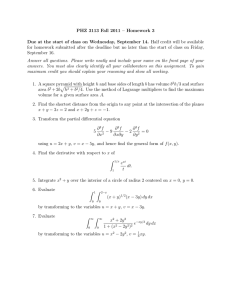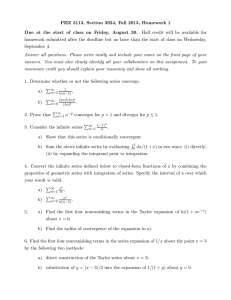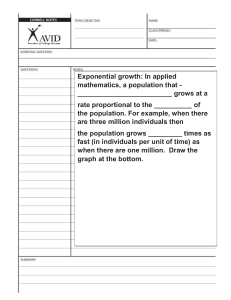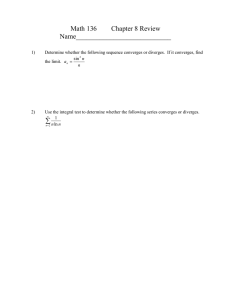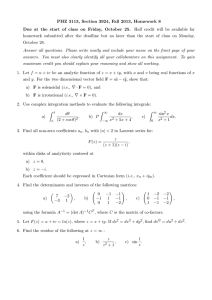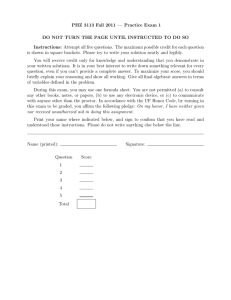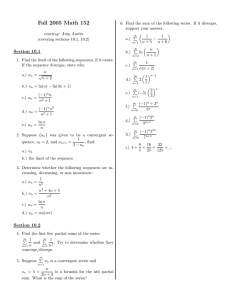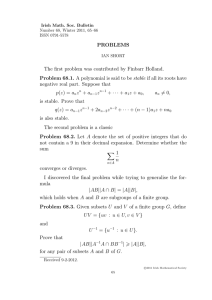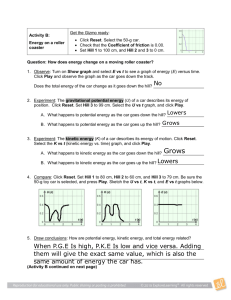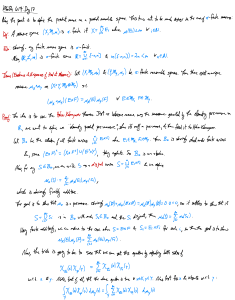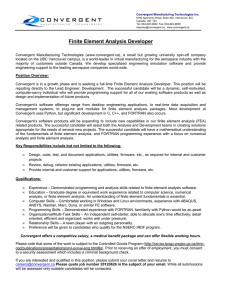PHZ 3113 Fall 2011 – Homework 1 August 31.
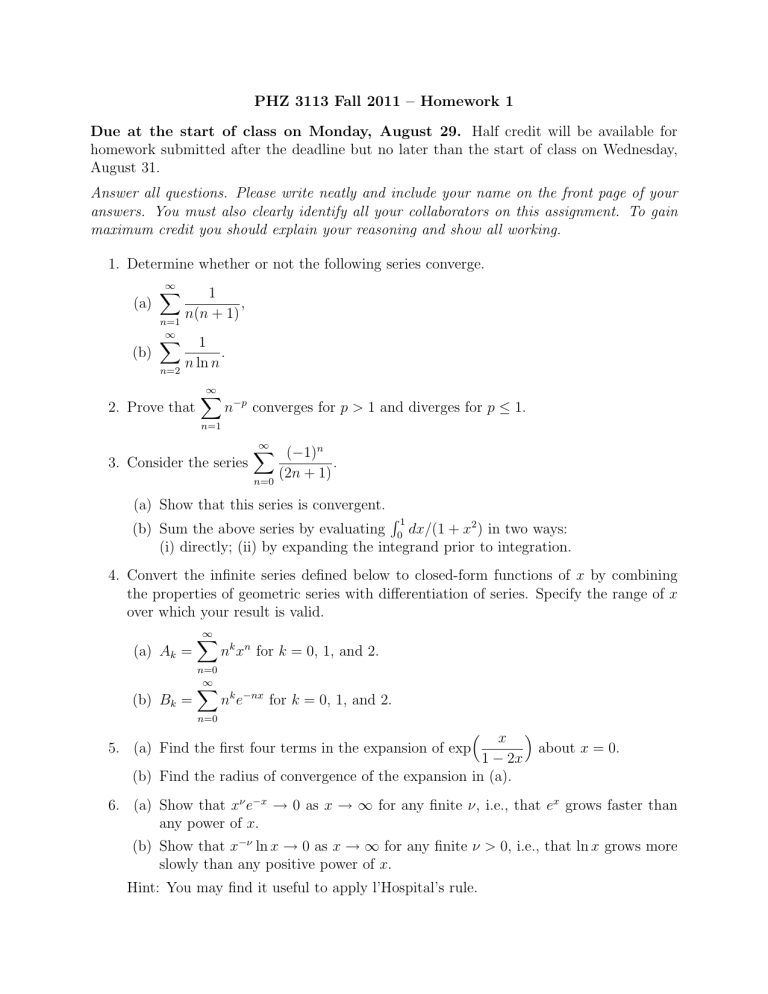
PHZ 3113 Fall 2011 – Homework 1
Due at the start of class on Monday, August 29.
Half credit will be available for homework submitted after the deadline but no later than the start of class on Wednesday,
August 31.
Answer all questions. Please write neatly and include your name on the front page of your answers. You must also clearly identify all your collaborators on this assignment. To gain maximum credit you should explain your reasoning and show all working.
1. Determine whether or not the following series converge.
(a)
(b) n =1
X n =2
1 n ( n + 1)
,
1 n ln n
.
2. Prove that n =1 n
− p converges for p > 1 and diverges for p ≤
1.
3. Consider the series n =0
(
−
1) n
(2 n + 1)
.
(a) Show that this series is convergent.
(b) Sum the above series by evaluating
R
0
1 dx/ (1 + x
2
) in two ways:
(i) directly; (ii) by expanding the integrand prior to integration.
4. Convert the infinite series defined below to closed-form functions of x by combining the properties of geometric series with differentiation of series. Specify the range of x over which your result is valid.
(a) A k
=
(b) B k
= n =0 n k x n for k = 0, 1, and 2.
n =0
X n k e
− nx for k = 0, 1, and 2.
5. (a) Find the first four terms in the expansion of exp x
1
−
2 x
(b) Find the radius of convergence of the expansion in (a).
about x = 0.
6. (a) Show that x
ν e
− x →
0 as x → ∞ for any finite ν , i.e., that e x grows faster than any power of x .
(b) Show that x
− ν ln x
→
0 as x
→ ∞ for any finite ν > 0, i.e., that ln x grows more slowly than any positive power of x .
Hint: You may find it useful to apply l’Hospital’s rule.
